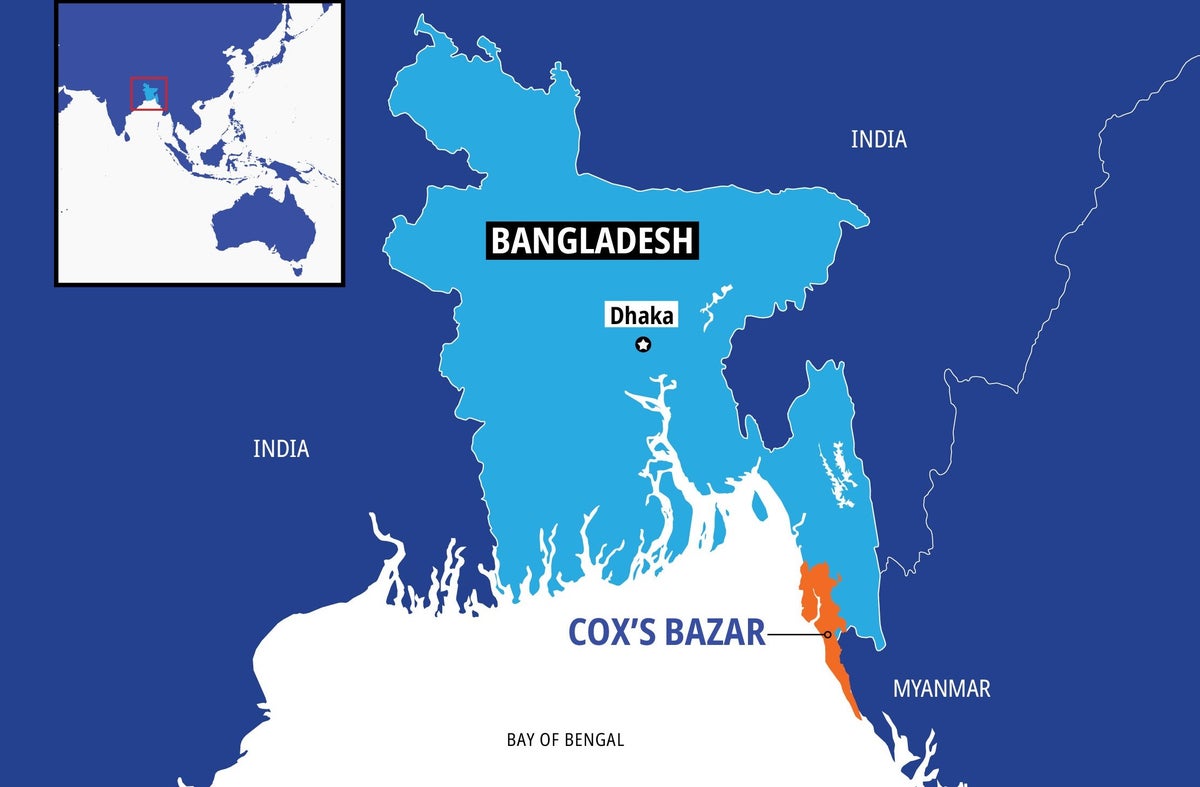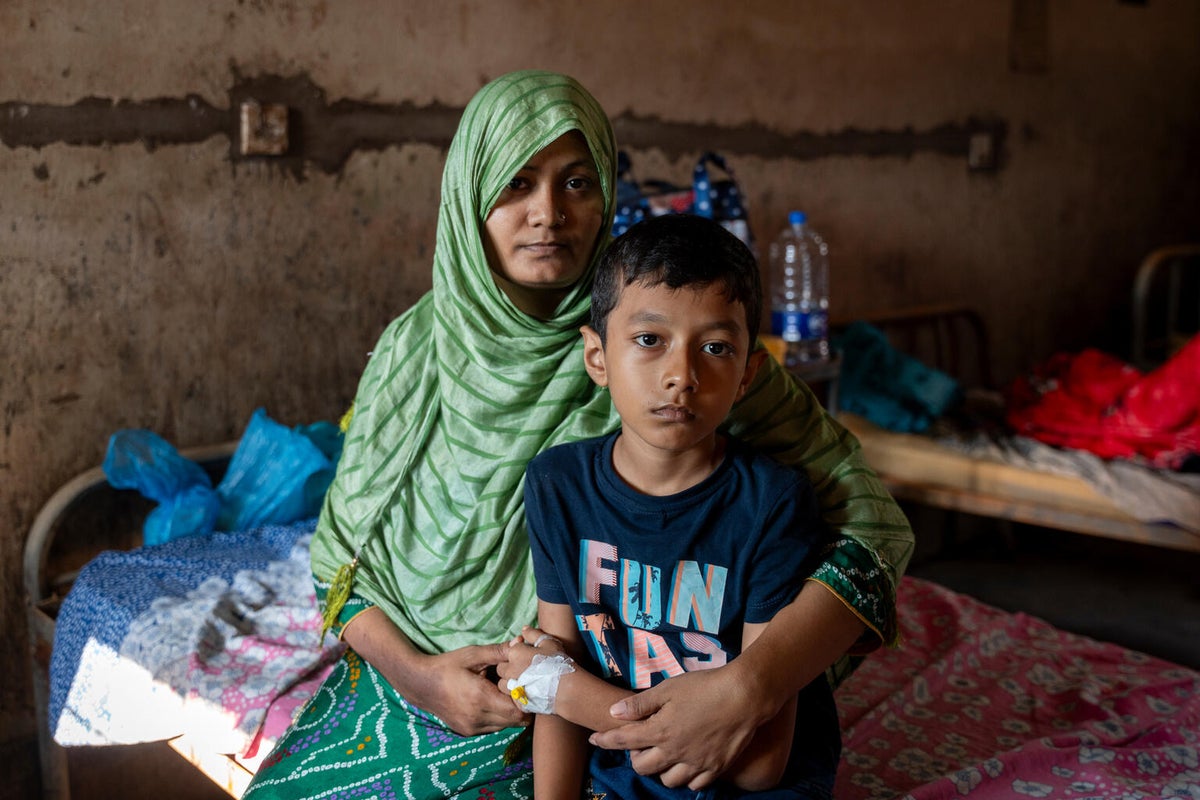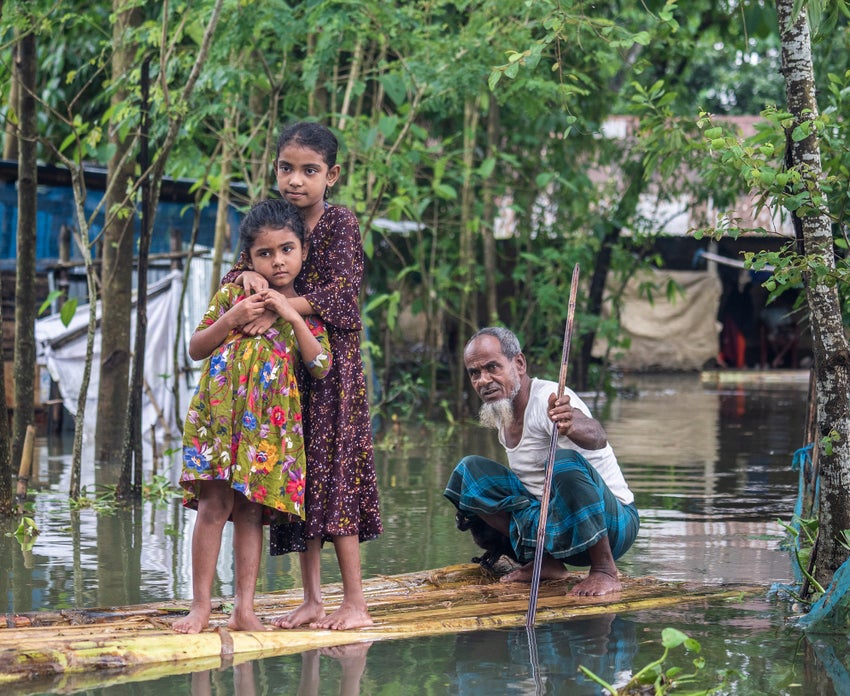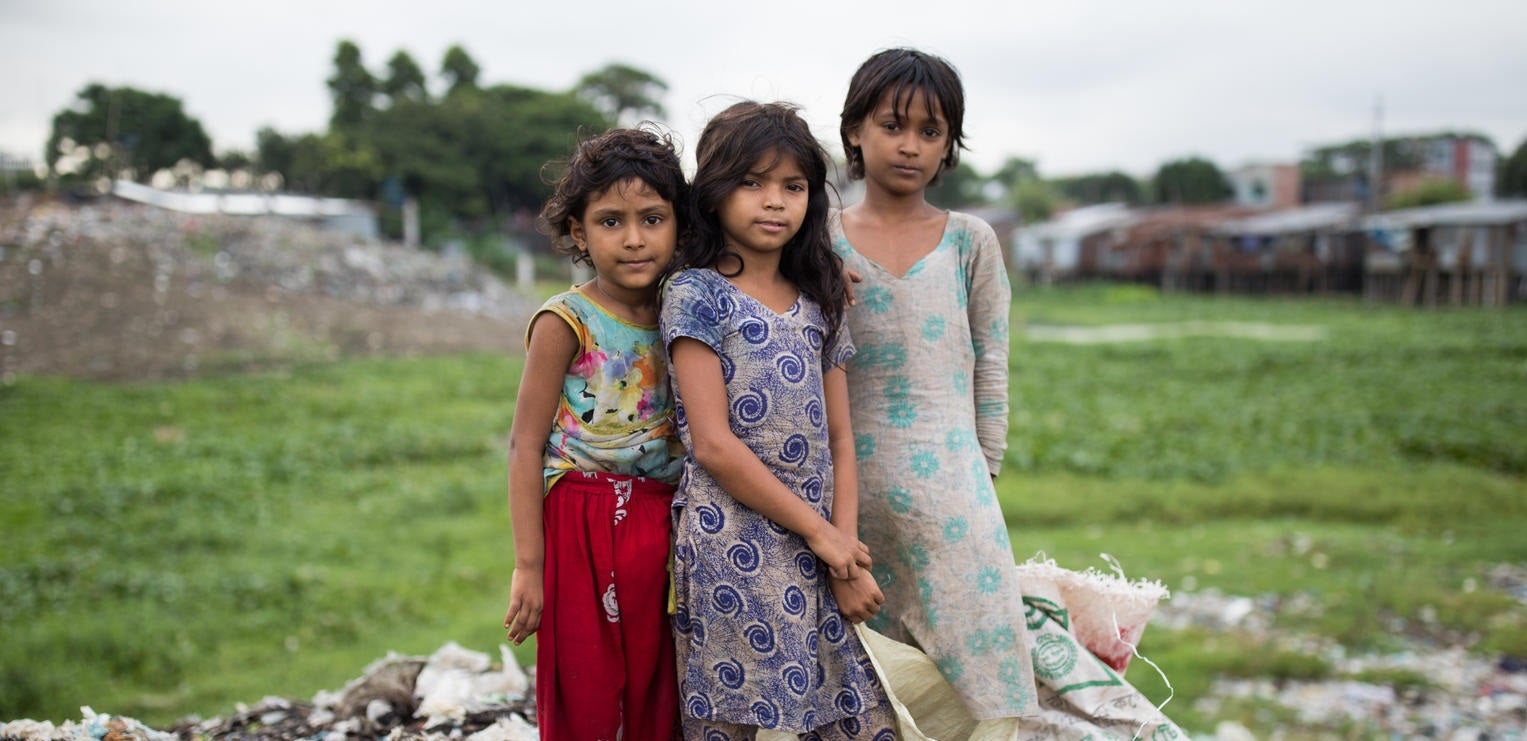Natural disasters and poverty are driving humanitarian needs in Bangladesh - a country that’s grappling with a refugee crisis.
A vibrant country in South Asia that’s known for its rich traditions in music, dance and festivals, Bangladesh is one of the most densely populated nations in the world, with 160 million people calling this riverine area home.
Bordering India and Myanmar, Bangladesh has made huge strides in education and gender equality over the past 25 years. However, families continue to face significant challenges, including poverty, malnutrition and natural disasters, which are exacerbating humanitarian needs, especially in the world’s largest refugee camp, Cox’s Bazar. Yet, there is hope.
Alongside our partners, UNICEF is in Bangladesh, providing long-term programs that focus on keeping children healthy, educated and safe from harm. We are also on the ground before, during and after an emergency, ensuring children and their families receive lifesaving support when they need it the most.
A riverine country located in South Asia


Latest statements from UNICEF
Two million children at risk as worst floods in three decades lash through eastern Bangladesh
Over 2 million children in eastern Bangladesh are at risk as floods sweep through homes, schools and villages, UNICEF has warned. In all, these floods, the worst in eastern Bangladesh in 34 years, have affected 5.6 million people.
Bangladesh’s many challenges
Life in Bangladesh can be incredibly challenging for children and their families. Natural disasters cause widespread devastation, destroying homes and livelihoods in moments. Sadly, persistent poverty gripping the nation is having severe impacts on children’s lives. Their education is being disrupted, child marriage remains prevalent, and physical punishment is common.
One in five children under five are living in severe food poverty, surviving on just one or two food groups a day. Children with such limited diets are up to 50 per cent more likely to experience wasting, a severe form of malnutrition.
Public health emergencies continue to pose risks. In 2023, Bangladesh faced its most severe outbreak of dengue on record – a disease with flu-like symptoms that can be fatal in severe cases. Additionally, the pressures of hosting the world’s largest refugee crisis further complicate the already dire situation.
51%
of women and girls are married before the age of 18.
3 m
children in need of humanitarian assistance.
64%
of children go on to complete secondary education.
9 in 10
children have suffered physical punishment or psychological aggression from caregivers.
The cost of climate-related disasters on children
A country that’s highly vulnerable to climate-related disasters, Bangladesh continues to be impacted by tropical cyclones, monsoonal floods, flash floods and landslides, all wreaking havoc on communities. In 2023 alone, three devastating cyclones affected 1.3 million people. By September 2024, Bangladesh had already endured three climate-induced emergencies, including the worst floods in three decades, impacting a staggering 5.6 million people.
"Year on year, the lives of millions of children in Bangladesh are being ravaged by floods, heatwaves and cyclones. Climate change is clearly changing children’s lives. We call on global leaders to act urgently and take strong measures to mitigate the effects of climate change before it is too late for children."


The Rohingya Crisis
The Rohingya refugee crisis is a major humanitarian emergency. Around a million Rohingya, half of them children, have endured over seven years living in exile from Myanmar in the world's largest refugee camp, Cox’s Bazar in southern Bangladesh.
On 25 August 2017, a deadly crackdown by Myanmar's army on Rohingya Muslims sent hundreds of thousands fleeing across the border into Bangladesh. Seven years on, the Rohingya are still living in exile from their home country, with many born into this limbo. Without citizenship, the Rohingya are not recognised as asylum seekers. It also means they rely entirely on humanitarian assistance for protection, food, water and shelter, living in temporary shelters and overcrowded camp conditions.
How we’re protecting the rights of children in Bangladesh
UNICEF has been in Bangladesh since 1952, working with local partners to provide lifesaving healthcare and nutrition, education, mental health and psychosocial support, clean water, and hygiene services to children and their families. When emergency strikes, we’re on the ground, delivering for every child in need, no matter what.
1.7 m
In 2023, over 1.7 million women and children accessed primary health care in UNICEF-supported facilities.
1.6 m
In 2023, over 1.6 million people accessed mental health and psychosocial support.

Donate to children in emergencies
Millions of children around the world face devastating losses and uncertain futures caused by natural disasters, public health crises and ongoing wars and conflicts. We can’t stop emergencies from happening, but we can ensure that more children survive.












